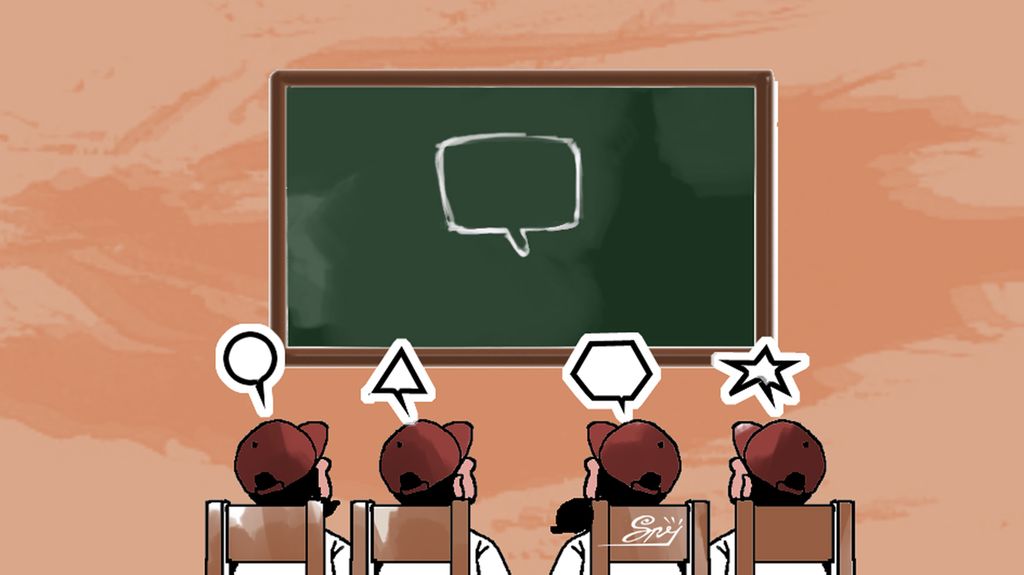
However, since it was launched in 2019, the Merdeka Belajar program continues to reap polemics. This began with its preparation, which is considered to have lacked the involvement of education stakeholders in its implementation and thus is seen as class-biased. The results of the evaluation of the two-year implementation of this program are also criticized because they still emphasize quantitative achievements and have not yet evaluated the program’s impact (Kompas, 16/1/2023).
If we look at its goal, the Freedom to Learn program for two years was expected to improve the quality of learning. Has the learning method changed, or transformed from initially being centered on teachers to students, as is the spirit of the Merdeka Curriculum? What have been the steps of teachers and schools to improve the quality of learning?
Also read:
> ‘Independent Campus’ Jolts National Education
> Challenges for the Merdeka Belajar
The community is waiting for the answers to these questions in the evaluation results following two-years of the Freedom to Learn program, which promised more quality educational practice. At the very least, the impact of the program in the driving schools has been the preparation and support to implement the Merdeka Curriculum. The real impact on the quality of education cannot be measured in a short time. Education is a long-term process.

As of July 2022, based on data from the Education, Culture, Research and Technology Ministry, there were around 143,000 educational institutions in 34 provinces implementing the Merdeka Curriculum, less than half of the total number of schools in Indonesia, which stands at around 394,000 units. Of the 143,000 schools, less than 3,000 schools had the status of being a “driving force”. There are around 147,000 teachers considered driving teachers, who are the key to the implementation of the new Merdeka Curriculum, based on data on the number of teachers who participated in the training for prospective driving teachers. This is very small number when considering with the total number of teachers is around 3.3 million.
There is still a lot of homework to be completed. From the results of the evaluation of the two-year implementation of the Freedom to Learn program, which until now reached 22 episodes, more intense efforts are still needed to improve the quality of education in Indonesia. Providing the same opportunities for all teachers and schools, which also means providing the same opportunities for all students to enjoy quality learning, is the biggest homework of this program.
Also read:
> 'Merdeka’ Curriculum and Project-Based Learning
> Freedom Campus and the Soul of ‘Universitas’
The existence of driving teachers and schools, which receive special attention from the government to implement this program, should not preserve the status quo where schools play a role in producing social inequality. It is also necessary to evaluate whether the driving teachers can become agents of change for the surrounding educational environment and not only in the schools where they are.
Government concern for disadvantaged areas by building infrastructure, especially electricity and internet access, will provide the same opportunity for students to experience educational transformation as well.
This article was translated by Hyginus Hardoyo.

